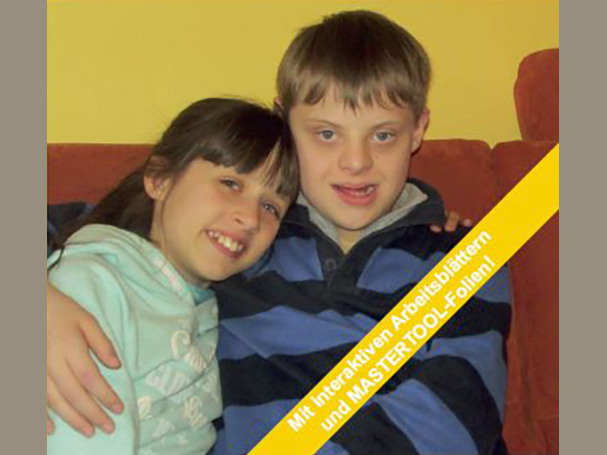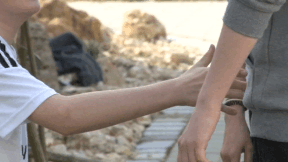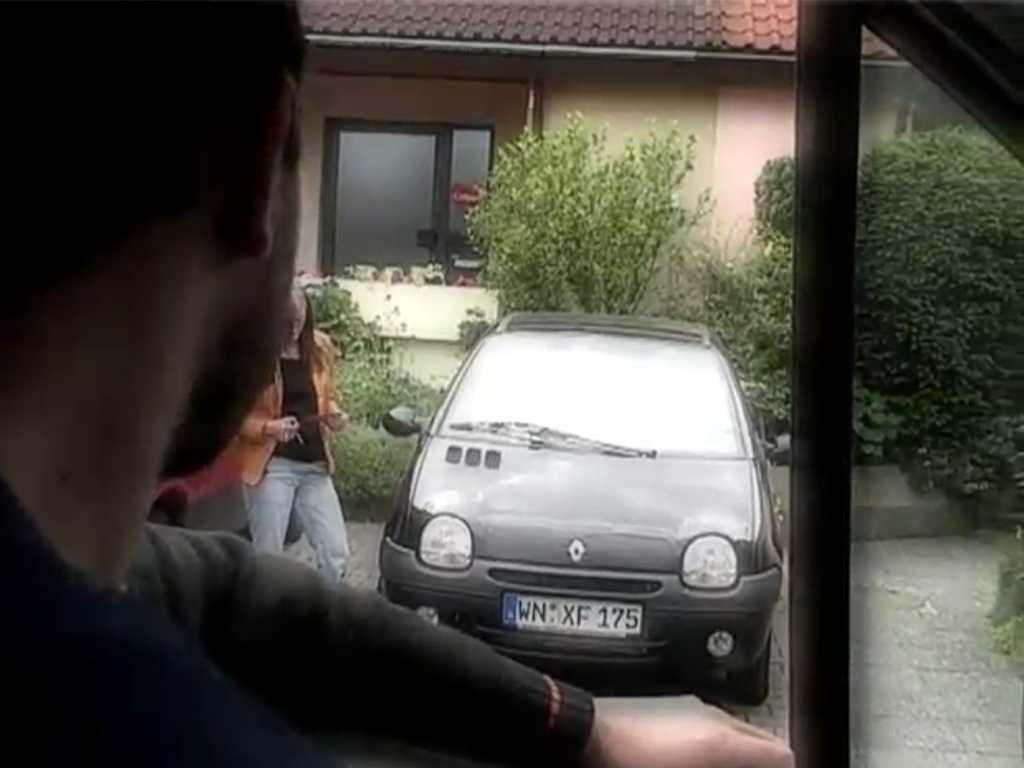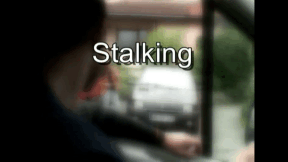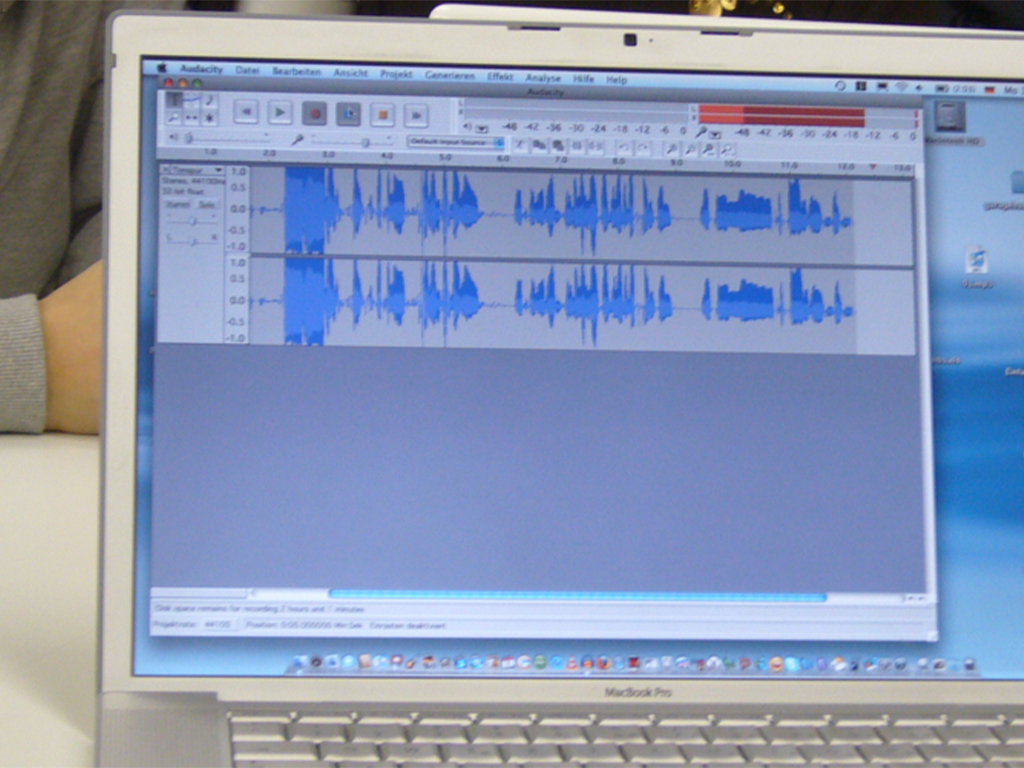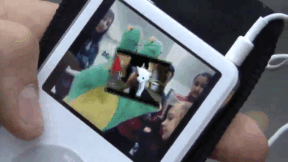 History
History
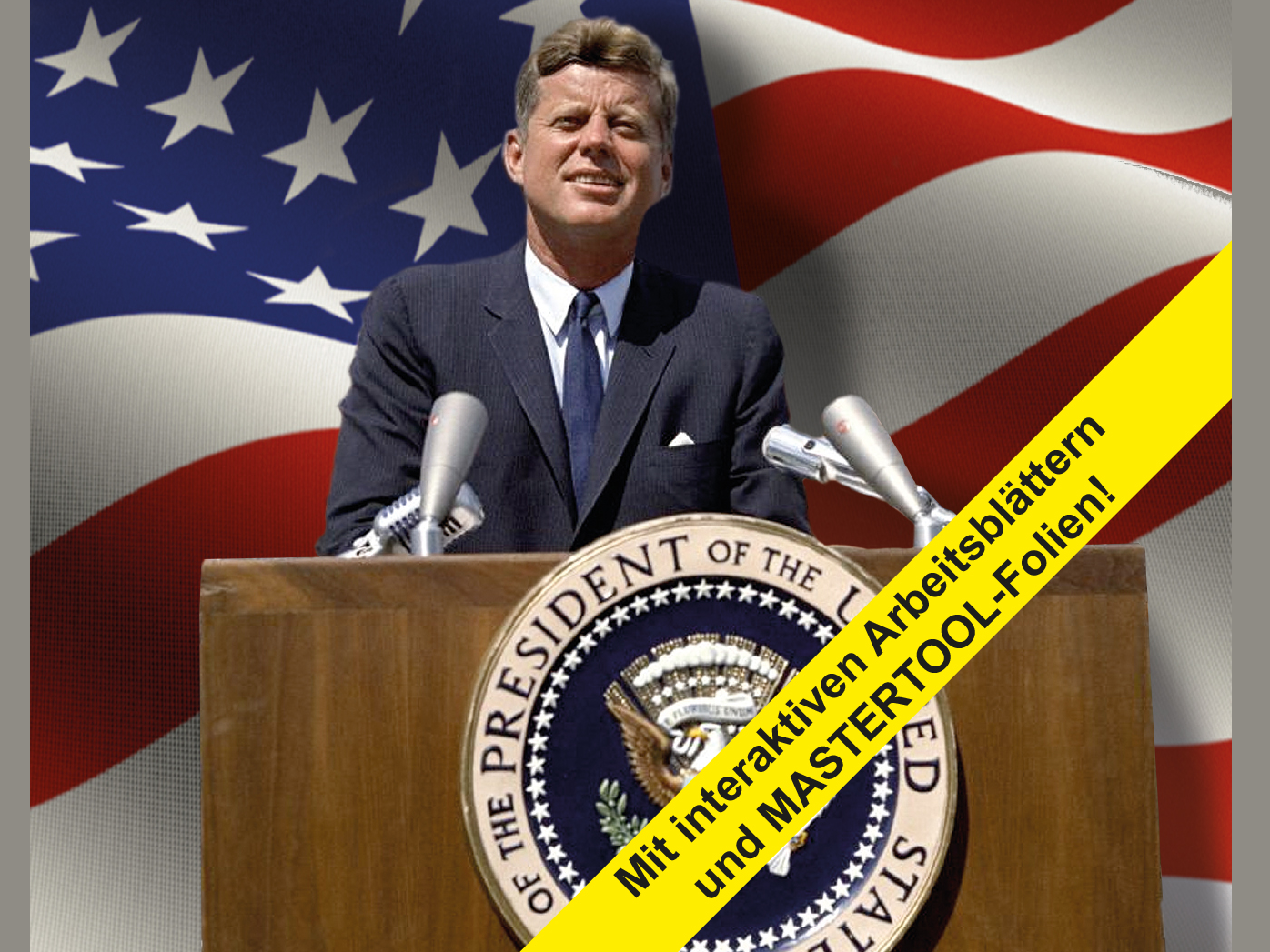

4671625 / 5561449
John F. Kennedy
Rise and Assassination
John F. Kennedy married the 34-year-old Jacqueline Bouvier. Now they have two children, Caroline, 5, and John-John, 2. The presidential aircraft Air Force One is flying over Texas in the direction of Dallas Airport. The State of Texas is traditionally a conservative Republican stronghold. Kennedy’s fight for civil rights, his liberal domestic policies as well as the orientation of his international politics displease the conservative elites of the Texan metropolis. For them, Kennedy is a friend of the communists and “nigger lover”. The 46-year-old John F. Kennedy is the youngest president of the United Sates and the first Catholic one. Over the past three years, Kennedy has led the United States into the most significant economic boom in the country’s history. The President has the protective roof of the car removed in which he is driven through the streets of Dallas on November 22, 1963 so that people can see him better. Roughly 250,000 people are lining the streets and cheering for him. In the just over thousand days as president, Kennedy has become famous. He represents a new era. The President’s convoy is moving through the centre of Dallas. Slowly, they are passing the building which is used as a depository for school books. Three shots are fired. A person was seen fleeing the book depository. It is 1 pm. 30 minutes have passed since the attack. President Kennedy is declared dead. He was the youngest president ever elected… and he died the youngest.
Play trailer
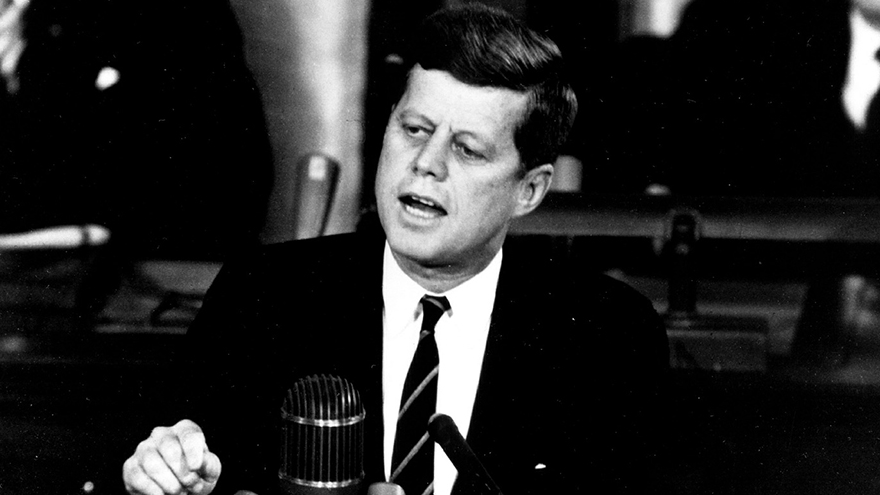
Curriculum-centred and oriented towards educational standards
Matching
Stalking
n Germany, 12 % of all federal citizens are pursued by a stalker once in their lives. And not only celebrities are among their victims! Everyone may be confronted with such a situation.
Podcasting
Today, the use of new media has become a matter of course not only in everyday life – schools and teaching, too, benefit from the new technologies and methods, which support active and independent learning. Especially in computer science, ethics and language courses but also in all other subjects, modern media are a valuable pedagogic and didactic asset. This DVD uses the example of podcasts to demonstrate how the possibilities opened up by new media can be applied in the classroom and how the pupils can be taught to handle them in a competent and target-oriented manner. The film is aimed at supporting the use of podcasts at school and encourages making them. This also requires the ability to find information on the Internet and assess it. The film informs on the functionality of podcasts and technical background as well as on the teaching and learning possibilities offered by podcasts – ranging from specific contents to superordinate learning targets such as the advancement of creativity and team spirit. The DVD is a useful support for teachers applying new media and wishing to show their pupils how to handle Running Time: 20:29 ms them in a sensible way.




